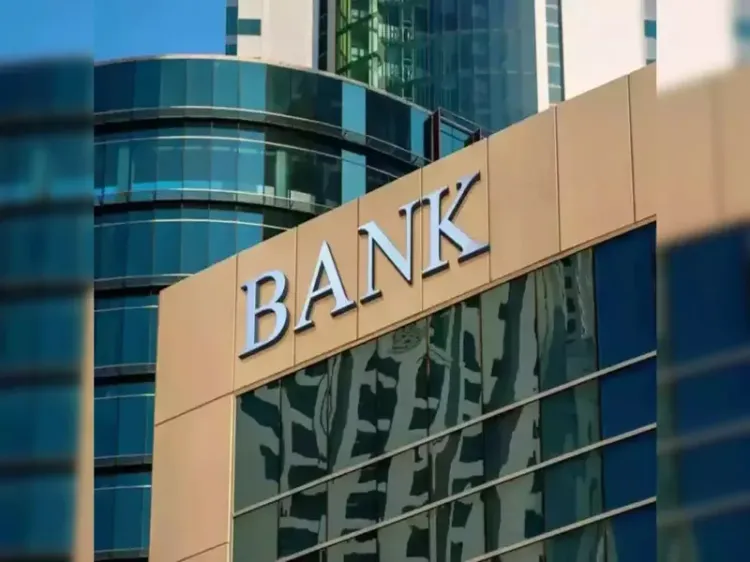Indian Banks' NPAs Expected to Drop by 0.4% by March: Fitch

Synopsis
Key Takeaways
- NPAs of Indian banks projected to decline.
- Retail loan stress is increasing, particularly in unsecured lending.
- Large banks have lower exposure to risky loans.
- Unsecured loans are primarily issued by NBFCs and fintechs.
- Household debt in India is low compared to regional peers.
New Delhi, Jan 24 (NationPress) The gross non-performing assets (NPAs) ratio of Indian banks is projected to decrease by 0.4 per cent to 2.4 per cent by March 2025, followed by an additional 0.2 per cent decline in the subsequent financial year, as per the assessment by rating agency Fitch.
Despite the increasing stress in retail loans, especially in the realm of unsecured credit, the robust growth, recoveries, and write-offs are anticipated to counterbalance the rise in non-performing loans, according to the Fitch report.
The report highlighted that the lending stress is primarily focused on smaller unsecured personal loans amounting to less than $600 (over Rs 51,000). Furthermore, it noted that large Indian banks’ exposure to such high-risk loans is expected to be relatively lower than that of the broader financial ecosystem.
These high-risk loans are predominantly offered by Non-Banking Financial Companies (NBFCs) and fintech firms catering to low-income borrowers.
The Reserve Bank of India (RBI) anticipates that the impaired-loan ratio will reach its lowest point in Financial Year 2024-25 (FY25) before rising to approximately 3 per cent in FY26, up from the 2.6 per cent reported in the first half of FY25 (1HFY25).
"We believe the difference from our forecast partly reflects variance of opinions on the timing and extent of risk crystallization, banks' exposure at risk, loan growth, and India's economic performance," explained the Fitch report.
Unsecured personal loans and credit card borrowings have seen a compound annual growth rate of 22 per cent and 25 per cent, respectively, over the three years leading to FY24. However, this growth rate has slowed to 11 per cent and 18 per cent year-on-year (Y-o-Y) in the first half ending September 2024 (1HFY25) due to an increase in risk weights associated with unsecured lending.
India's household debt stands at 42.9 per cent of gross domestic product (GDP) as of June 2024, which is considered low when compared to a number of emerging markets within the Asia Pacific region. Nonetheless, the stress concerning unsecured retail loans is increasing, accounting for roughly 52 per cent of new bad retail loans in 1HFY25.
The report also indicated that banks may have some indirect exposure through financing to non-banking and fintech entities, which have a greater exposure to low-income borrowers. Such borrowers, or those without income disclosure, make up slightly more than one-third of the total consumer credit outstanding in the financial system.









